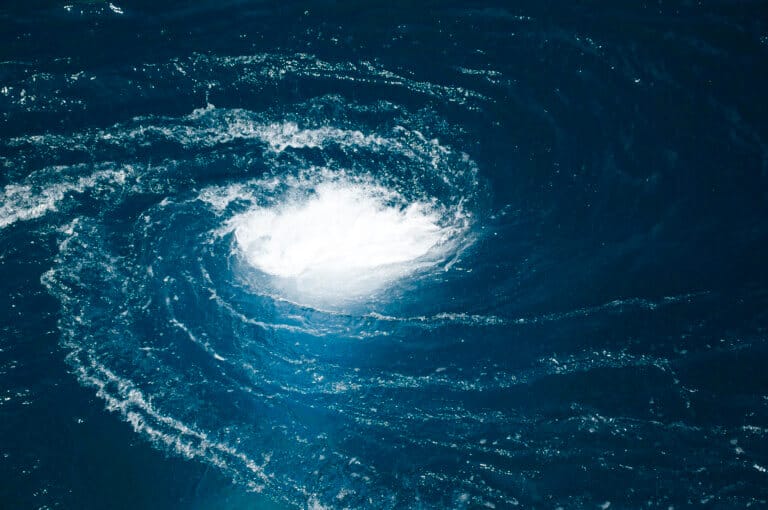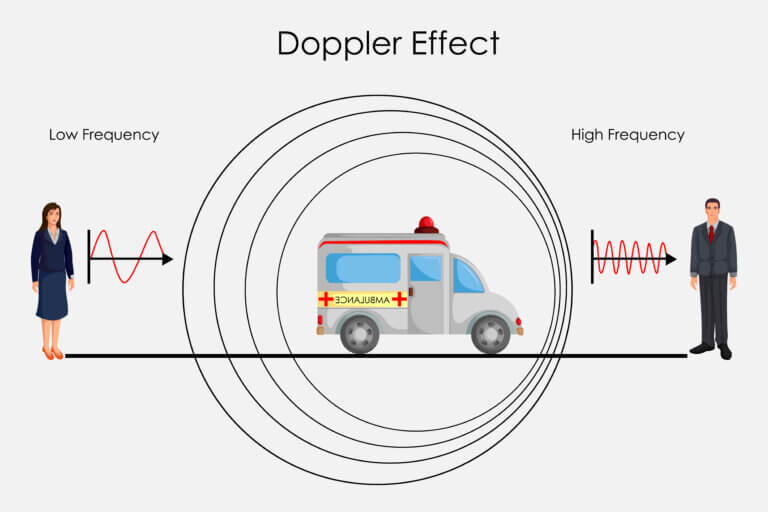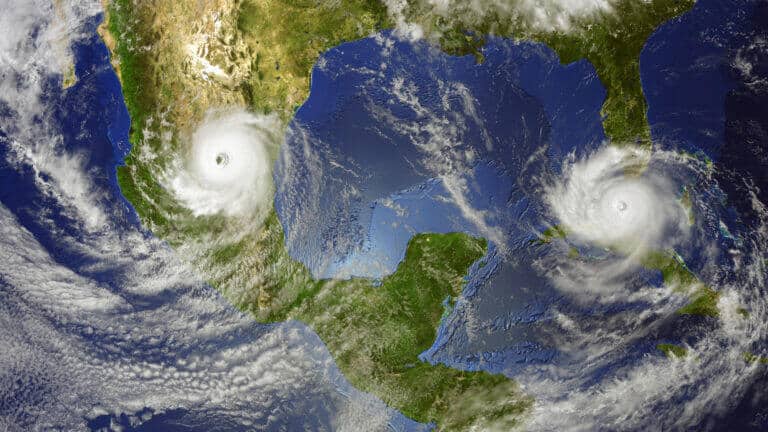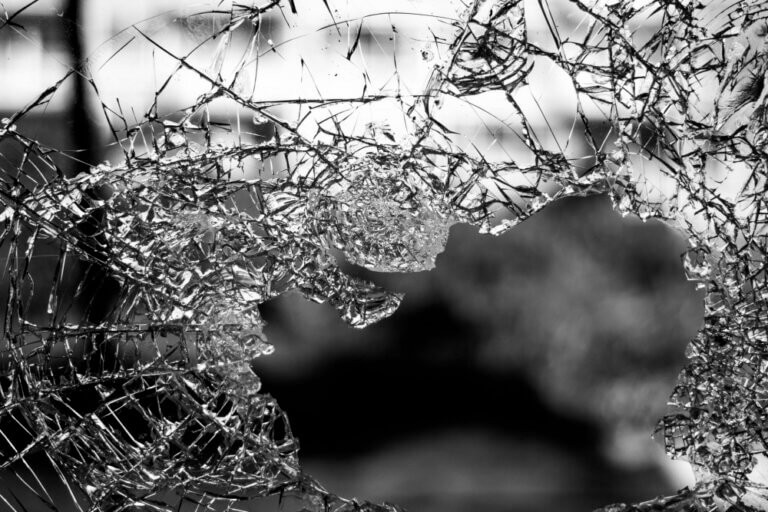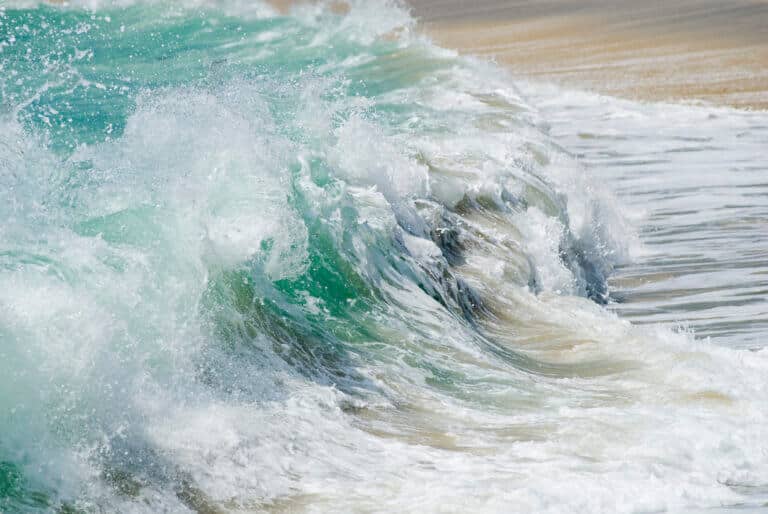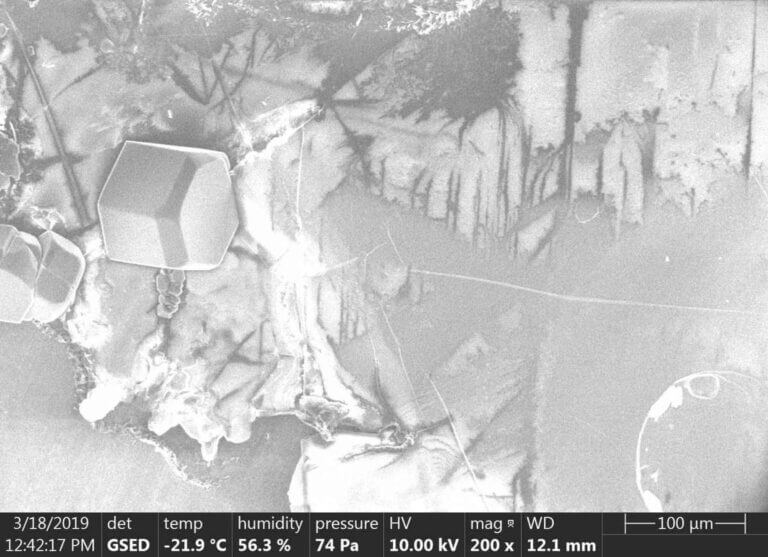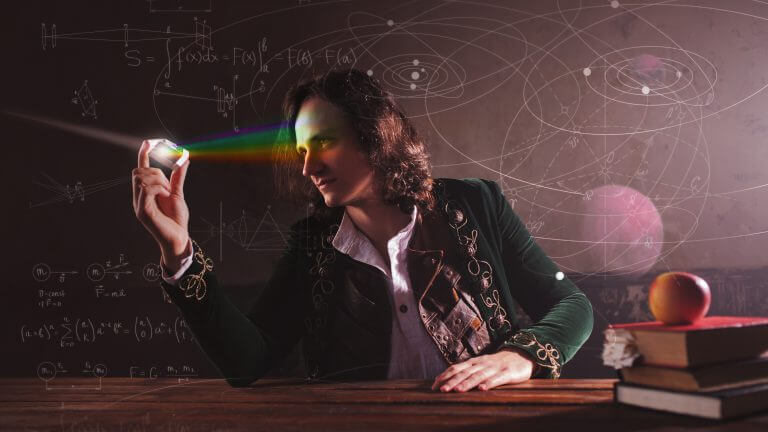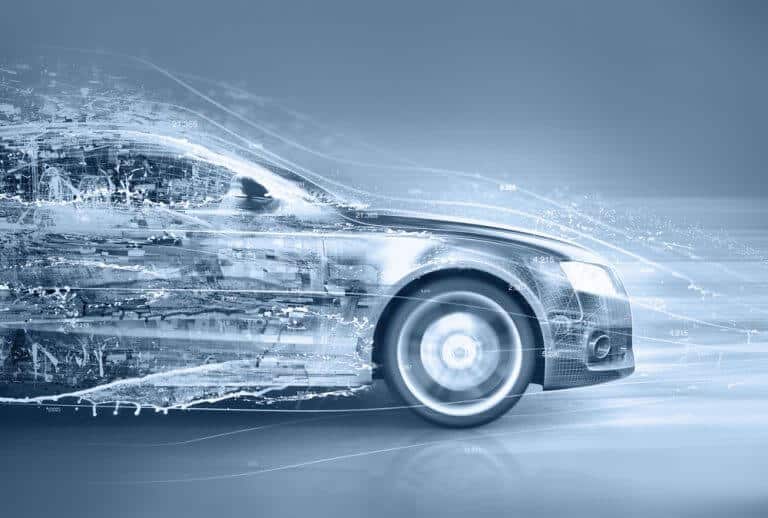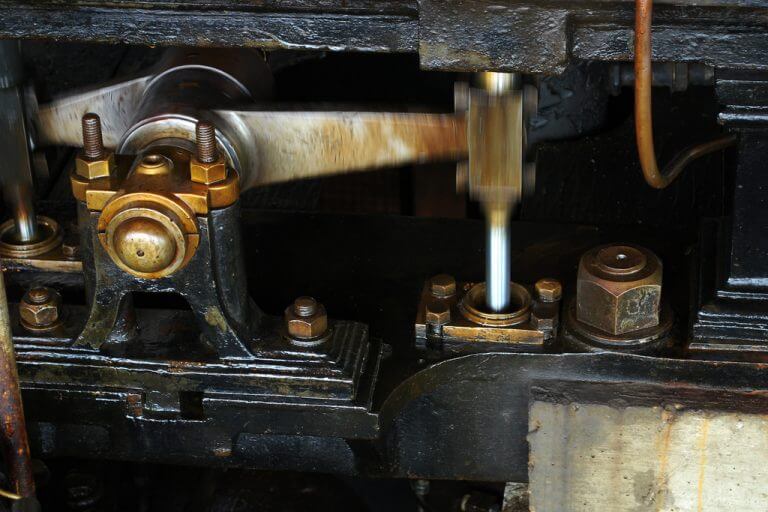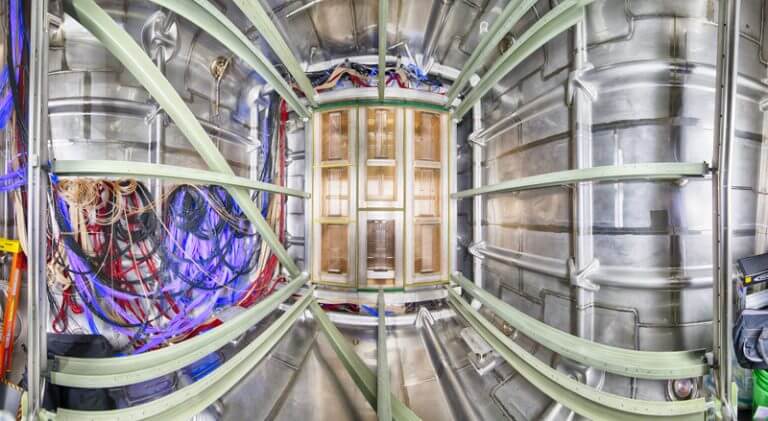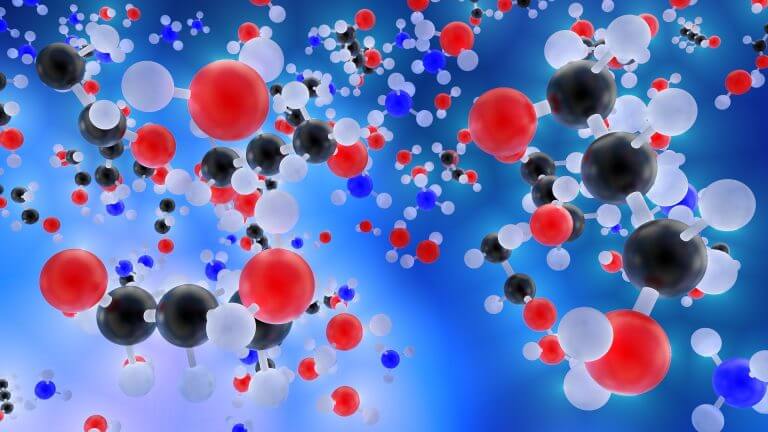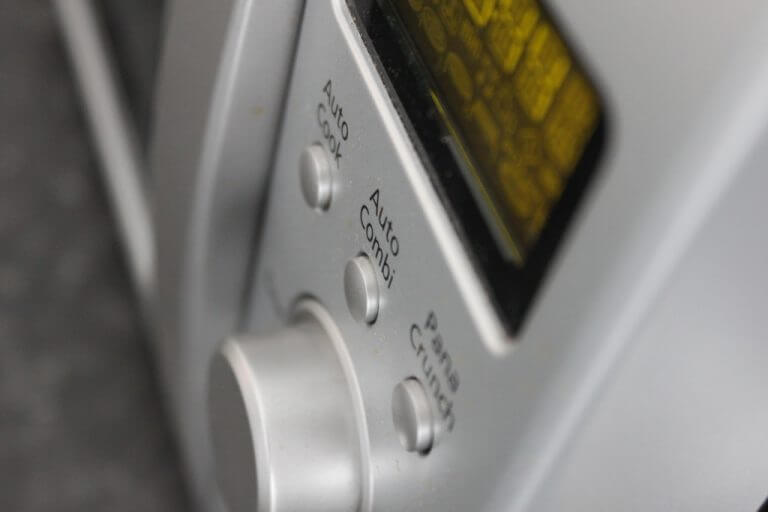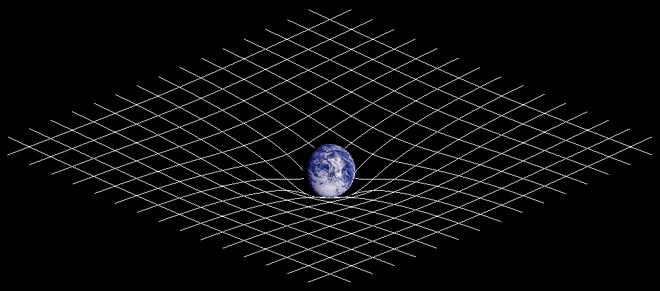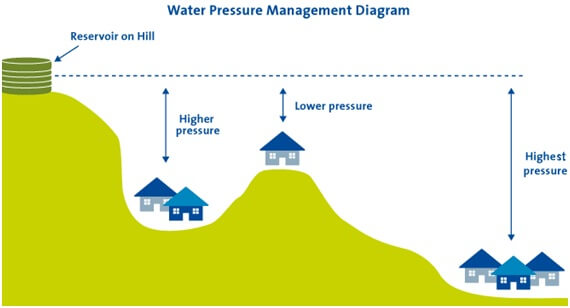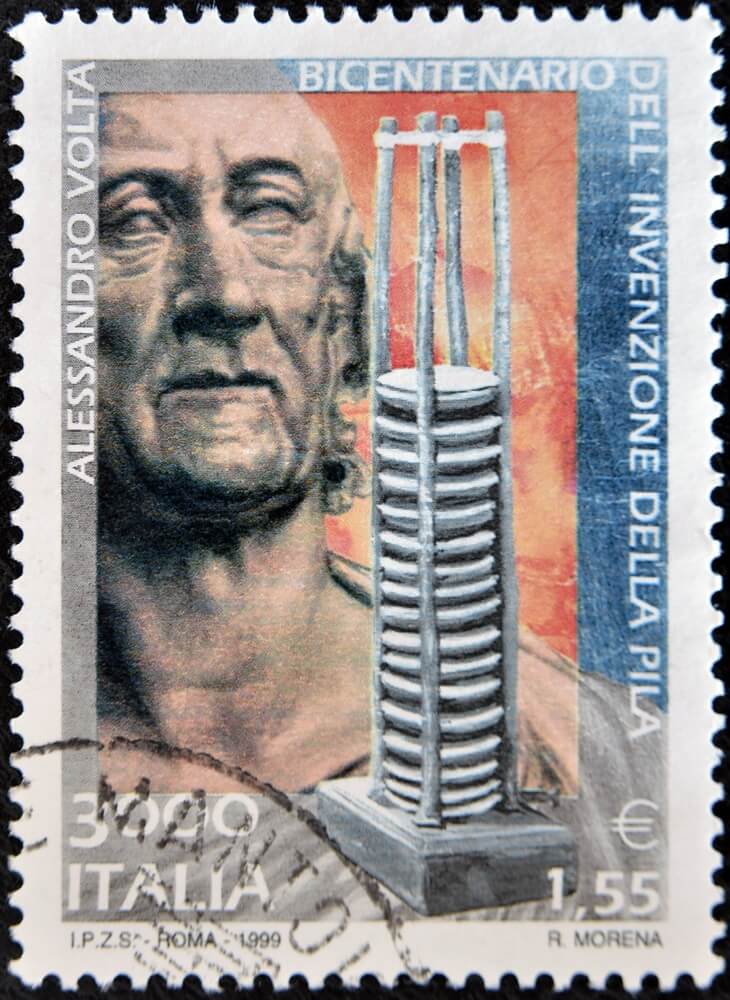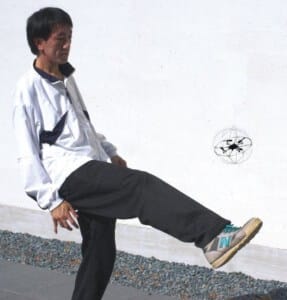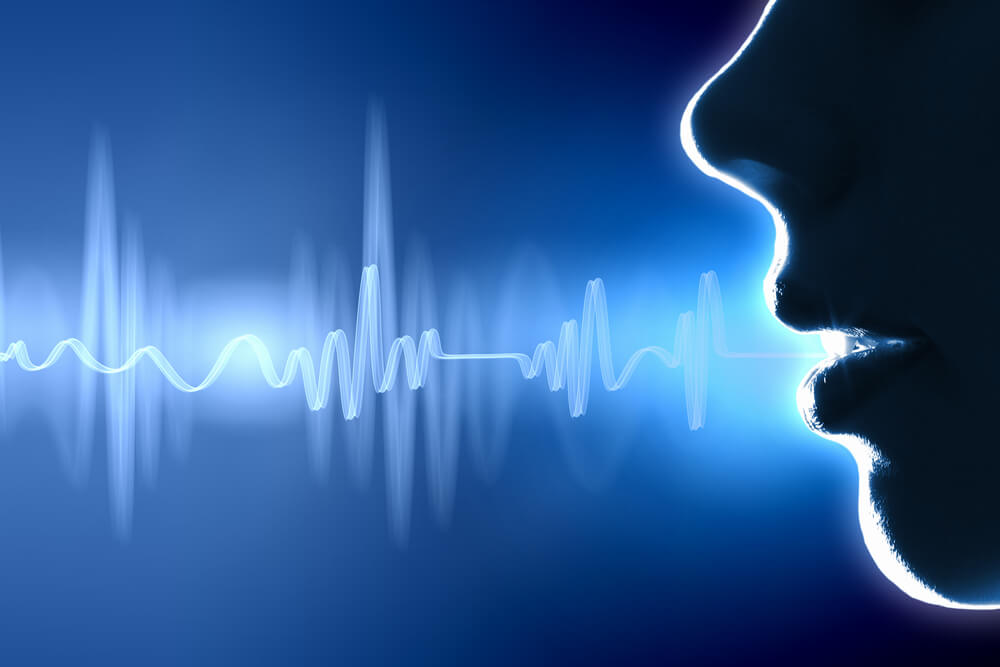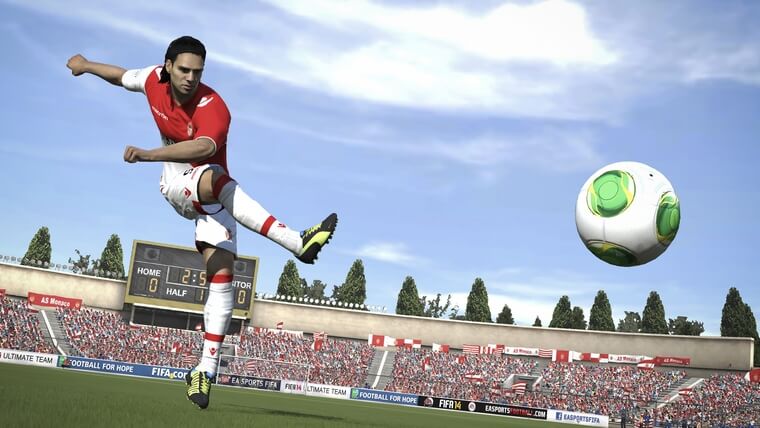Hayadan > Computing and technology > exact sciences > Classical physics
Classical physics
- Bar-Ilan University
- May 25, 2023
Doctoral student Benia Gros from the Department of Physics, the President's Scholar, has so far published 15 articles and one book, and presented his works dealing with dependent physical networks, at 9 conferences
- Tel Aviv University
- February 17, 2022
The research was able to find hidden order in apparently "messy" rotating physical systems, such as proteins and vortices
- Bar-Ilan University
- November 29, 2021
If you have ever stood on the side of a highway, or an ambulance passed you by at high speed, you must have noticed the change in tone that occurs exactly when the vehicle or the siren passes you by: the noise "drops" sharply from high to low tones, from treble to bass.
- Tel Aviv University
- June 21, 2021
- 2 תגובות
- The Hebrew University
- February 19, 2021
- No comments
This research, recently carried out by Prof. Jay Feinberg and Neri Berman from the Rekh Institute of Physics, was published in the prestigious journal Physical Review Letters. The study revealed, for the first time, the behavior in the immediate vicinity of the crack tip. In fact, this is the first time in the world that this tiny region, where material breaking occurs, has been observed in a laboratory experiment
- Weizmann Institute
- December 27, 2020
- Weizmann Institute
- October 6, 2020
In a series of experiments, Weizmann Institute of Science scientists solved the puzzle of the relationship between electric current and the freezing temperature of supercooled water. Beyond the scientific interest, their findings may lead to the advancement of applications in diverse fields where control of ice formation is required
- The Hebrew University
- December 23, 2019
- 17 תגובות
- The science service
- October 19, 2018
About lies we tell ourselves, the laws of traffic and Newton's, and how we can look at traffic jams in a positive light
- Weizmann Institute
- February 19, 2018
- No comments
- Scientific American Israel
- December 15, 2017
- 3 תגובות
- Weizmann Institute
- September 20, 2017
- No comments
- Young Galileo
- July 19, 2017
- 4 תגובות
- Scientific American Israel
- July 16, 2017
- 8 תגובות
- Weizmann Institute
- March 10, 2017
- No comments
- Young Galileo
- September 15, 2016
- One response
- Scientific American Israel
- August 20, 2015
- No comments
- Scientific American Israel
- July 27, 2015
- 3 תגובות
- Young Galileo
- July 23, 2015
- One response
- Avi Blizovsky
- March 5, 2015
- No comments
- Avi Blizovsky
- February 18, 2015
- 6 תגובות
- Scientific American Israel
- February 9, 2015
- 3 תגובות
- Scientific American Israel
- July 16, 2014
- 2 תגובות
- Dr. Erez Garti, Davidson Online
- June 20, 2014
- One response
- Scientific American Israel
- April 8, 2014
- 4 תגובות


